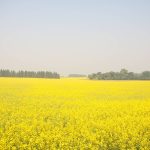
Micronutrient applications compared in canola
Saskatchewan study aims to shed light on claims and concepts surrounding lesser-known crop nutrients

Bioreactors in tiled fields could themselves benefit from draining
Bioreactors are meant to filter nitrogen from tile water to help with runoff nutrient loads, but drying them out from time to time might increase their effectiveness
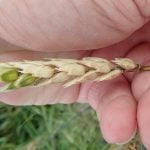
Fusarium head blight mycotoxin detector in the works
Portable machine to identify contaminated kernels under development at the University of Saskatchewan
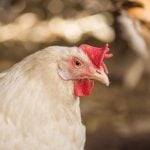
CFIA says regulatory changes will cut agricultural red tape
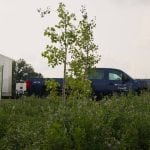
Research studies fruit-forage intercropping
An Agriculture and Agri-Food Canada scientist shares the potential benefits of the practice found in trials conducted in Saskatchewan

Metagenomics change how cattle diseases are diagnosed
Researchers are using metagenomics to identify disease impacting beef cattle through bacteria, pathogens and viruses
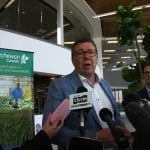
Moe says China trip laid ground work
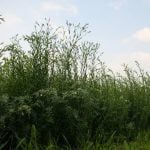
Ongoing research on chickpea-flax intercrop shows the mix reduces ascochyta blight
The intercrop works for reducing the disease, but Michelle Hubbard, an Agricutlure and Agri-Food Canada researcher, is still working on the why

Poilievre promises EV action and calls for canola compensation
The Conservative leader’s Saskatchewan pit stop named the gas vehicle ban and canola tariffs as rural threats.

Sask. agriculture sector receives federal funding
Funds through PrairiesCan will assist in the continued growth of the province’s ag research and manufacturing


